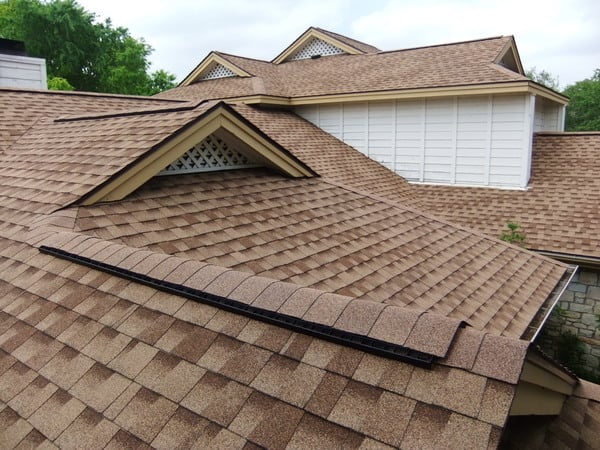
If you have a home, you have a roof. Even if you live in a cave, there is something overhead that keeps the rain and snow from landing directly on you. Nothing revolutionary here, but if you do not understand the construction of your own roof, then you may not how to spot when its integrity has been breached, when it is leaking heat, and when it needs to be replaced.
Roofing Sheathing & Trusses
Roofing trusses, which are the big, triangles that make the peak of your roof, act just like the joists under your floor. Roofing trusses are the support structure and they are usually made off site. Depending on how much snow you receive in your particular area, the roof needs to be pitched in such a way that it will not collect too much snow. Otherwise, if your roof were flat, it could collapse under the weight of the snow.
Once the trusses are up, sheathing is attached to the trusses. Roofing sheathing is called OSB, but what you need to know is that it is treated plywood that your roofing shingles will be nailed to. Some contend that roofing sheathing is made out of this material so that it is evident when there is a leak because the roofing sheathing will warp if water penetrates the shingles.
Water rarely does get through because it is usually running so quickly down the pitch of the roof, so perhaps it is also true that this type of substrate is used because it is cheap and it cuts the cost of the roof. For more on costs, consult our Roofing Cost Estimator Guide.
Building Paper
You might have seen this thin sheet of black building paper if you have ever seen siding being put up or a new roof being put on. This is basically a reflective layer for water, a last chance to stop the water of sorts. It is very thin, but if laid correctly with no holes, water will have difficult time trying to penetrate its surface.
Roofing Shingles
From here, the roofing material you can see from the road is attached. These are the roofing shingles. Depending on which material you choose — wood, metal, tiles, etc. — a different process lies in how it is attached. Overlapping shingles, as in the case with wood, metal, and asphalt shingles, are laid from the lowest point up so that all the water has to flow over the top of each shingle. Unless water can stop, turn around, and go directly uphill, you will always be safe from the rain and snow. This can be a comfortable feeling during inclement weather.
These are the roofing basics for all practical purposes. Unless you are intimately involved with the roof installation, most of this may not matter to you one bit. However, if your roof is leaking or you are thinking about buying a home and you don’t know if the roof is in good shape or not, there are a few things you might look for.
Ready to start your roofing project?
Find ProsRoofing Problems
If you are a prospective buyer, first ask when the roof was last replaced. In upstate New York this will be a bigger concern than in New Mexico, but it is important to note. From there, know that you know what is beneath the roofing shingles, if the roof is wavy or looks warped you can probably guess what is going on. In the snowy regions of the country, if you have poor roof ventilation and the snow is allowed (forced) to melt more quickly than it should, it can often soak through the roofing shingles, through the building paper and right through the roofing sheathing. Thus, the warping.
Many think it a good idea to lay more shingles on top of the old, because it will be that much harder to get through an extra layer, but this is a Band-Aid, not a cure. Sooner or later the snow will melt through the new shingles. The roof needs to be replaced. It is not what you want to get into, but it needs to happen. Most likely, better ventilation will also help.
Roof Leaks
If your roof leaks in any other place than at the eaves, there has most likely been an insult to your roof. Either a branch has fallen on it and punctured a hole or hail has really dented certain spots in such a way that water can collect and sit in one spot, soak through, then funnel right inside. Have a roofer out to check the roof leaks, especially if you live in a snowy area and have a roof with a steep pitch. Safety first.
If you are able bodied and can get up there for a cursory inspection, to do. Remember to tie yourself off to the chimney or some other spot. If you find your roof has been damaged and is need of repair, contact a roofer immediately.
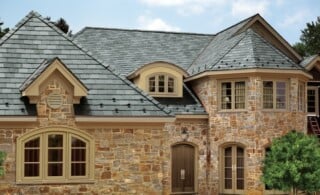 Best Asphalt Shingles – A Buyer’s Guide
Best Asphalt Shingles – A Buyer’s Guide 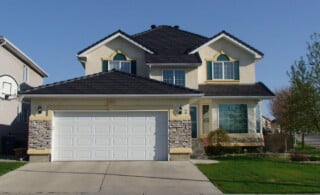 Rubber Roofing – Benefits & Alternatives
Rubber Roofing – Benefits & Alternatives  Built Up Roof Basics
Built Up Roof Basics 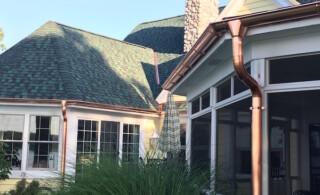 Copper Guttering: A Stylish Addition
Copper Guttering: A Stylish Addition 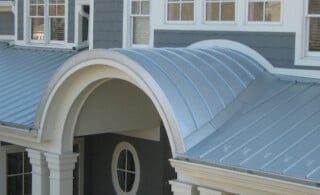 How to Keep Your Metal Roof Healthy
How to Keep Your Metal Roof Healthy 

Are You Familiar With This Topic? Share Your Experience.